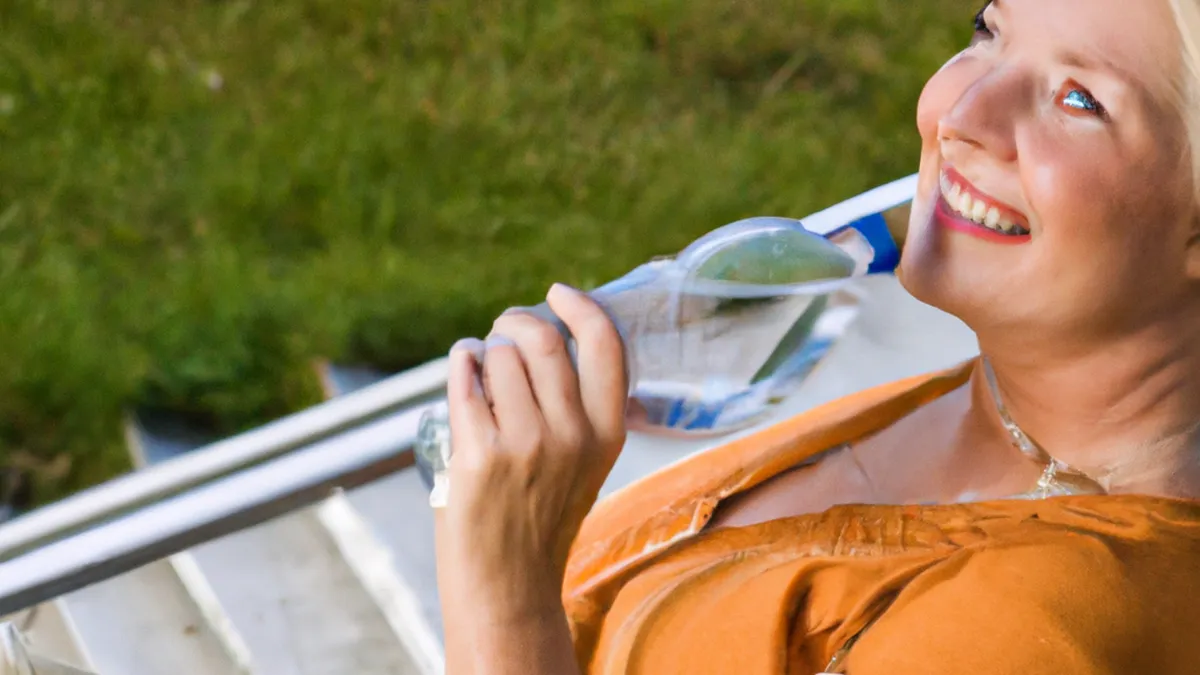Hydration Hacks for Active Seniors
Hydration Strategies for Optimal Performance in Seniors
As an Amazon Associate I earn from qualifying purchases.
Gear tip: consider light resistance bands, ankle weights and supportive leggings to support this workout.
Staying hydrated is crucial for everyone, especially seniors. Aging affects hydration levels due to decreased thirst sensation, kidney function decline, and lower body water content. Seniors face a higher dehydration risk, leading to urinary tract infections, kidney stones, and cognitive decline. This blog post explores effective hydration strategies for seniors, offering tips, advice, and hydration benefits.
Understanding the Importance of Hydration
Water plays a vital role in our bodies. It aids digestion, regulates temperature, cushions joints, and supports cognitive function. Proper hydration impacts muscle strength, joint health, and energy levels in seniors. Studies show that even mild dehydration causes fatigue, confusion, and increased fall risk, harming older adults’ health.
Seniors must prioritize hydration to maintain optimal health and enhance daily performance. They can adopt practical strategies that fit their lifestyles.
Tips for Staying Hydrated
1. Set Daily Water Goals
Setting daily water intake goals helps seniors stay on track. The general recommendation is 8-10 cups daily, but individual needs vary. Factors like activity level, climate, and health conditions influence hydration needs. Seniors in warmer climates may need more fluids. They should assess their unique needs and set realistic hydration goals. Keeping a journal to track daily water intake can help monitor progress.
2. Incorporate Hydrating Foods
Incorporating hydrating foods boosts overall fluid intake. Many fruits and vegetables have high water content, making them excellent hydration choices. Seniors can add watermelon, cucumbers, oranges, strawberries, and lettuce to meals and snacks. These foods hydrate and provide essential vitamins and minerals.
Soups and broths serve as delicious ways to increase fluid intake. They become particularly advantageous during colder months when seniors may not prefer cold water.
3. Use Reminders
Seniors may forget to drink water throughout the day. Setting reminders creates a consistent drinking schedule. They can use smartphone alarms, calendar alerts, or sticky notes to prompt regular fluid intake. This simple strategy encourages seniors to drink more frequently, making hydration a priority.
Additionally, keeping a water bottle nearby serves as a visual reminder. When water is within reach, seniors are more likely to take small sips throughout the day.
4. Monitor Urine Color
Urine color indicates hydration status. Light yellow urine typically signals proper hydration.
Conclusion
Seniors should prioritize hydration to enhance health and performance. By following these strategies, they can maintain optimal hydration levels.
Below are related products based on this post:
FAQ
Why is hydration particularly important for seniors?
Hydration is crucial for seniors because aging can decrease thirst sensation, kidney function, and overall body water content, increasing the risk of dehydration. Dehydration in seniors can lead to serious health issues such as urinary tract infections, kidney stones, and cognitive decline, making it essential to prioritize fluid intake for optimal health and daily performance.
What are some effective strategies for seniors to stay hydrated?
Seniors can adopt several effective hydration strategies, including setting daily water goals of 8-10 cups, incorporating hydrating foods like fruits and vegetables into their diets, using reminders to drink water regularly, and monitoring urine color to assess hydration status. These strategies can help ensure that seniors maintain proper hydration levels.
How can seniors track their water intake effectively?
Seniors can track their water intake by keeping a journal to record daily consumption, setting specific hydration goals, and utilizing tools like smartphone alarms or calendar alerts to remind them to drink water. Additionally, having a water bottle nearby serves as a visual cue to encourage frequent sipping throughout the day.















Post Comment